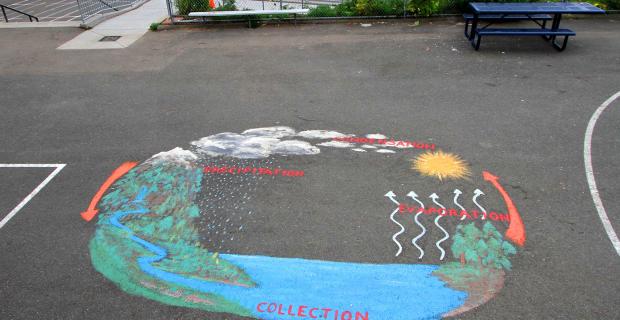What Is Education for Sustainable Living?

Through education for sustainable living, students gain knowledge, skills, and values to address the environmental and social challenges of the coming decades.
They learn to think ecologically, understand the interconnectedness of human and natural systems, and develop the capacity to apply this understanding so that human communities and natural ecosystems may thrive.
Sustainability
At the same time, sustainability as understood by the Center for Ecoliteracy is a far richer concept than simply meeting material needs, surviving, or trying to keep a degraded planet from getting worse.
A truly sustainable community is alive — fresh, vital, evolving, diverse, dynamic. It supports the health and quality of life of present and future generations while living within the limits of its social and natural systems. It recognizes the need for justice, and for physical, emotional, intellectual, cultural, and spiritual sustenance.
Fortunately, observes Center for Ecoliteracy cofounder Fritjof Capra,
We do not need to invent sustainable human communities. We can learn from societies that have lived sustainably for centuries. We can also model communities after nature's ecosystems, which are sustainable communities of plants, animals, and microorganisms.
Since the outstanding characteristic of the biosphere is its inherent ability to sustain life, a sustainable human community must be designed in such a manner that its technologies and social institutions honor, support, and cooperate with nature's inherent ability to sustain life.
Education for Sustainable Living
"All education is environmental education," as Center board member David W. Orr has written. "By what is included or excluded, students are taught that they are part of or apart from the natural world."
Schooling is everything the school does that leads to students' learning — whether that learning is intended or not. Students learn from classroom lectures. They also learn from what the school offers in the lunchroom, by how it uses resources and manages waste, by who is included in decisions, by how the school relates to the surrounding community.
The Center for Ecoliteracy has identified four broad areas — food, the campus, community, and teaching and learning — which are explored in depth in its book, Smart by Nature: Schooling for Sustainability. Each of these areas offers multiple avenues for educators, students, parents, and citizens wanting to engage in the transformative work of schooling for sustainability.




